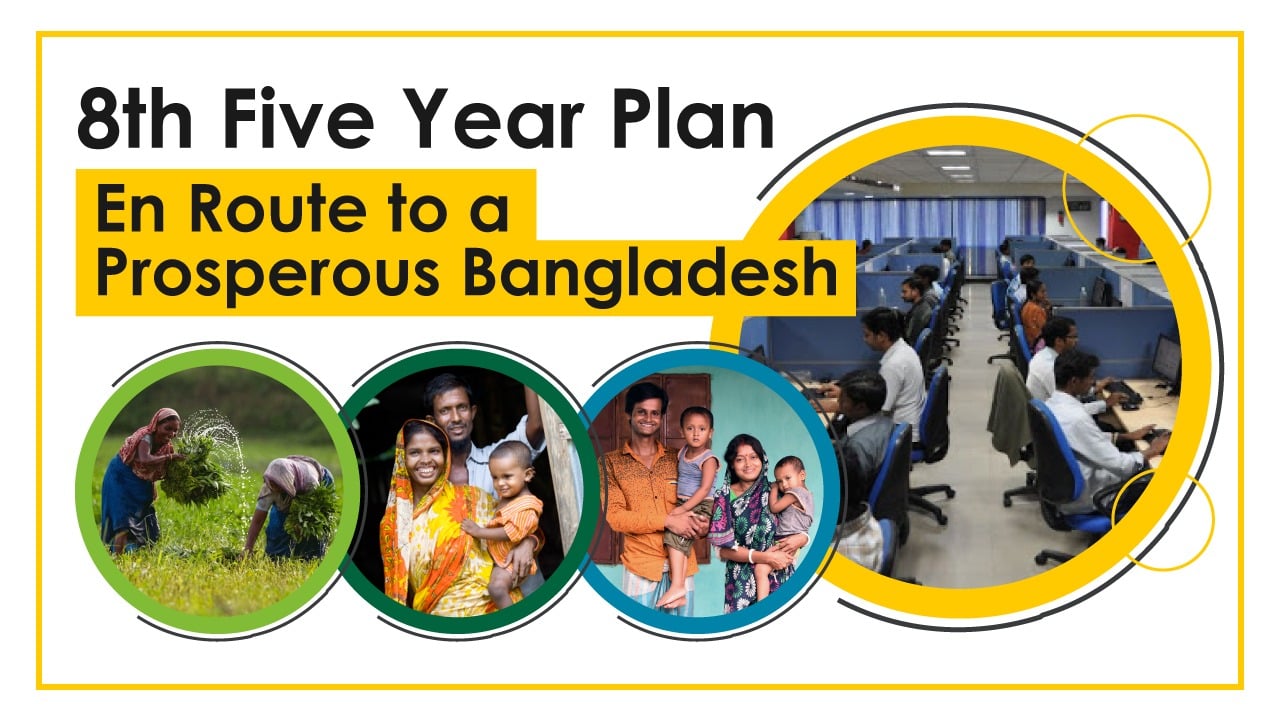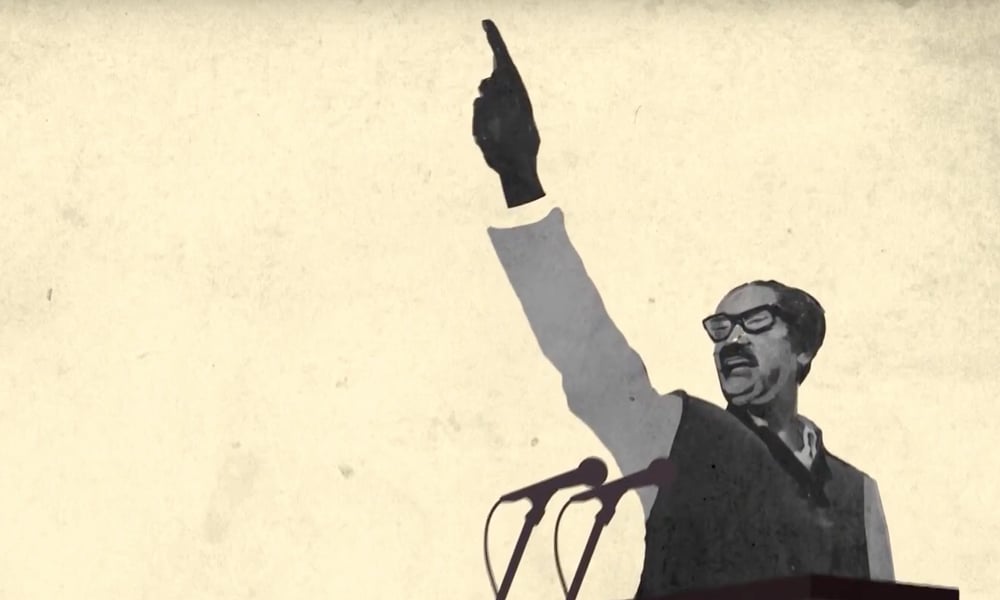2182
Published on September 18, 2014Common imports from Bangladesh to Japan include leather goods, ready-made garments, and shrimp. By 2004, Japan had become Bangladesh's fourth-largest source of foreign direct investment, behind the United States, United Kingdom, and Malaysia. Japan's political goals in its relationship with Bangladesh include gaining support for their bid to join the United Nations Security Council, and securing markets for their finished goods. Japan is a significant source of development aid to Bangladesh.
It should be noted that Japan, the largest bilateral development partner of Bangladesh, has been significantly contributing to the socio-economic development of the latter since her birth. In particular, they have always extended their generous assistance in crucial sectors for development like poverty alleviation, power generation and human resources development. According to the Economic Relations Division (ERD), till date, Japan has provided Bangladesh with US$ 11 billion by way of assistance, of which $ 3.35 billion was grants and $ 4.10 billion was loans.
Japanese Prime Minister Shinzo Abe made a 22-hour visit to Dhaka on September 6, 2014. In a joint statement after the meeting with his Bangladeshi counterpart both shared their intention to hold 'Japan-Bangladesh Expert Dialogue on Peaceful and Safe Uses of Nuclear Energy' on a regular basis. The aim of such dialogues was to strengthen the bilateral cooperation in the area of peaceful and safe uses of nuclear energy and human resources capacity building. It was also aimed at sharing the experience and lessons learned from the accident at the Fukushima Daiichi Nuclear Power Station of Tokyo Electric Power Company.
The two leaders reaffirmed the importance of strengthening energy cooperation between the two countries including in the area of peaceful uses of nuclear energy keeping in mind that stable energy supply is the key to economic development in Bangladesh. Stable energy supply is one the areas of the Japan's Bay of Bengal Industrial Growth Belt (BIG-B) initiative, which is the "centerpiece" of Japanese cooperation. The two prime ministers welcomed the initiative and stressed the need for strengthening collaboration and cooperation in project formulation and implementation through policy dialogue.
Transport network improvement, stable power supply, urban development such as economic zone development, and private sector development such as financial accessibility promotion are the areas where Japan wishes to cooperate under its BIG-B initiative. The joint statement also noted three pillars of the initiative which are developing economic infrastructure, improving investment environment, and fostering connectivity. Both leaders shared their expectation that BIG-B initiative, with maximum use of Japan's advanced technologies, such as high efficient coal-fired power generation, would contribute to mutual benefits and prosperity of both countries. Both leaders signed the September 06, 2014 joint statement where they reiterated their resolve to widen bilateral relationship under comprehensive partnership framework. According to the statement, they had in-depth discussions on wide-ranging bilateral, regional, international and multilateral issues of mutual interest.
Abe mentioned the $ 6.0 billion loan promise he made for the next four to five years including this year's $ 1.2 billion during Bangladeshi Prime Minister Sheikh Hasina's Japan visit from May 25 to 28, 2014 and said these were all under Japan's BIG-B concept. Japan has a grand design of combining the two oceanic regions - Pacific Ocean and Indian Ocean - for more geo-political space to boost its economy. The largest Bay in the world, Bay of Bengal forms the north-eastern part of the Indian Ocean. Bangladesh is located in the north of this Bay.
Abe mentioned three dimensions of the BIG-B concept. One is to promote infrastructure improvement for industrial development, second is to create better environment for investments and last to promote improved "solidarity and united-ness" in the region including Bangladesh. Specifically, he said improvement of transportation and infrastructure, stable supply of power and energy, urban development including special economic zone improvement, and also public sector development including improved market access to the financial market were the key to the BIG-B concept. He expressed his hope that in those areas Japanese technology would be "fully leveraged and used in Bangladesh".
Cooperation toward attaining global peace and stability, economic cooperation leading towards the promotion of mutual interest and regional prosperity, and promotion of cultural and people to people exchanges were the three highlights of the partnership. Japan also wants Bangladesh's support for a non-permanent seat in the UN Security Council in which Dhaka is the other contender. One will be elected in the next year's elections. Though Abe, however, did not mention anything about it in his speech, Japan got it from Bangladesh side as a token of friendship. So it is hoped that all round, together with, economic cooperation between the two countries will flourish in the days to come.
The existing record says the Japan International Cooperation Agency (JICA) Bangladesh office was established in 1974 and the first Japanese Official Development Assistance (ODA) loan to the country was made in the same year. Since then, Bangladesh received commitment of a total amount of $ 11.18 billion development assistance from Japan out of which $ 7.80 billion has been disbursed in favour of different development projects and programmes up to fiscal year (FY) 2012-2013. In 2013, the two governments signed 33rd and 34th ODA loan packages for a total amount of about $ 1.83 million. The major projects under these packages include: i) Dhaka mass rapid transit development project, ii) National power transmission network development project, iii) Bheramara combined cycle power plant development project, iv) Kanchpur, Meghna and Gumti bridges rehabilitation project, v) Karnaphuli water supply project (Phase II), vi) Northern Bangladesh integrated development project and vii) Renewable energy development project. The 35th ODA loan package is under process and expected to be signed shortly.
On May 27, 2014, Prime Minister Sheikh Hasina addressed a seminar on Investment and Business Opportunities in Bangladesh at the headquarters of Japan External Trade Organization (JETRO). In the same forum, Bangladesh Export Processing Zones Authority (BEPZA) and JETRO signed a memorandum of understanding (MOU) to establish an exclusive industrial park in Bangladesh. BEPZA and JETRO signed memorandum of understanding (MOU) to establish an exclusive industrial park in Bangladesh. Bangladesh offered 40 industrial plots in export processing zones (EPZs) exclusively to Japanese entrepreneurs. Under the deal, Bangladesh will reserve industrial plots at the EPZs in Ishwardi, Mongla and Uttara for the Japanese investors. Japanese investors will also be allocated factory buildings in the Adamjee and Comilla EPZs where there are no vacant plots at the moment. This would serve as a strong incentive for boosting Japanese investment in Bangladesh as currently investment proposals from Japan worth $ 1.2 billion are pending with the Board of Investment (BoI) in Bangladesh for a long time - but in this case congenial domestic investment climate and enhanced domestic investments are also necessary to make that a success.
Bangladesh and Japan have had the warmest of bilateral relations from the former's very birth. Over the years, increased economic, social and cultural exchanges have only strengthened this bond further. In line with that history, it can safely be hoped that this recently concluded visit by the Prime Minister of Japan will add new dimensions to the existing friendship and cooperation between the two Asian nations.
-Financial Express














